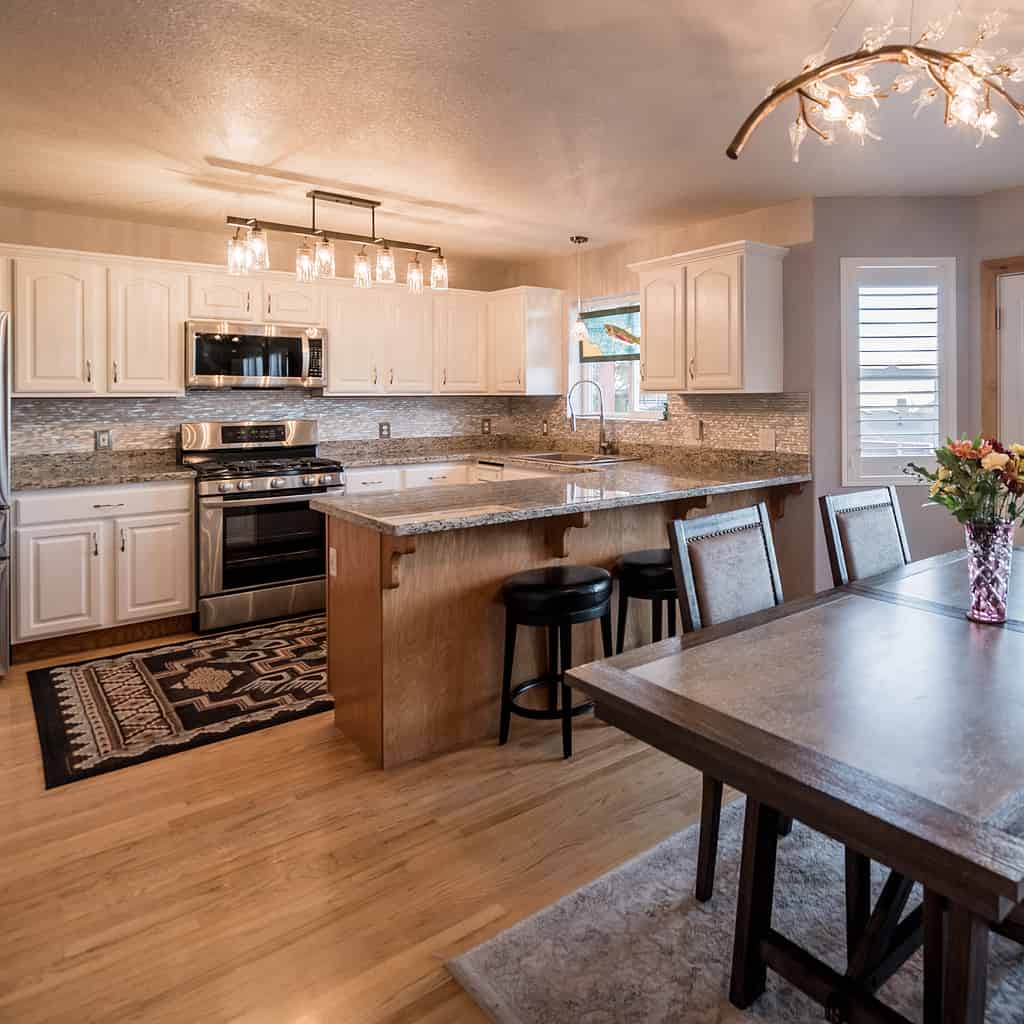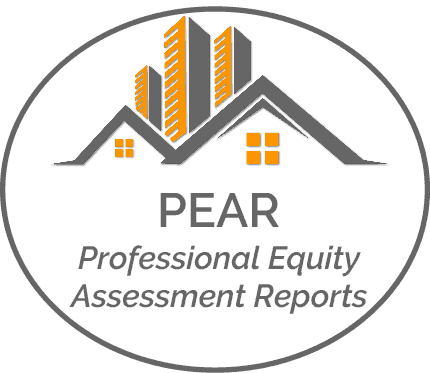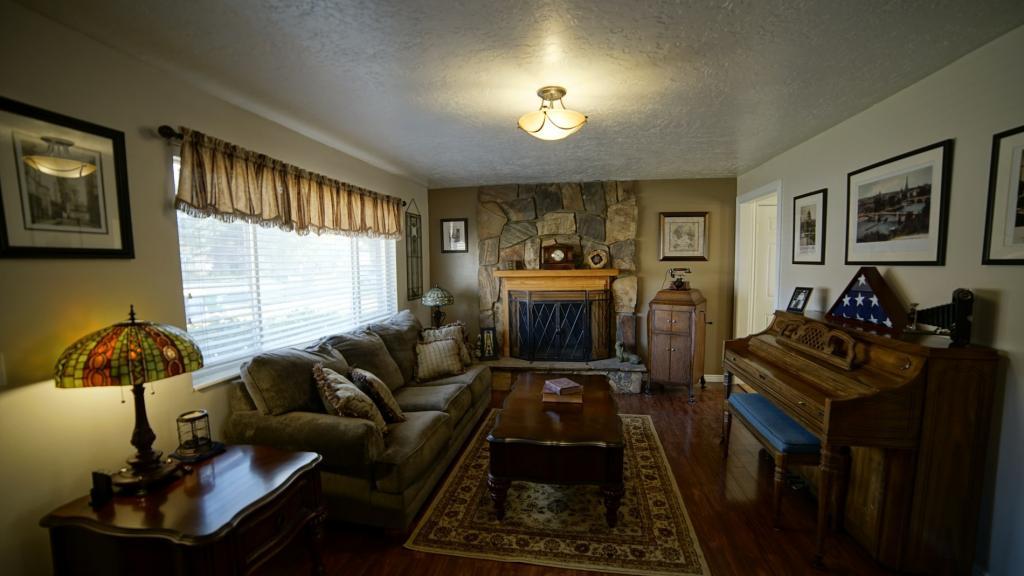
Should you Stage your home in order to sell it?
Should you Stage your home in order to sell it?

Staging your home can be a great way to make it more appealing to potential buyers and increase your chances of selling it quickly and for a higher price. Staging involves arranging furniture and decor in a way that highlights the best features of your home and makes it look more inviting and spacious.
Studies have shown that staged homes tend to sell faster and for more money than homes that are not staged. This is because staging can help buyers envision themselves living in the home and make it easier for them to see its full potential.
However, staging can also be expensive and time-consuming, so it’s important to weigh the costs and benefits before deciding whether to stage your home. In some cases, it may not be necessary if your home is already in great condition and well-maintained.
Ultimately, the decision to stage your home will depend on your specific situation and goals as a seller. If you’re unsure whether staging is right for you, it may be helpful to consult with a real estate agent or professional stager who can provide guidance and advice based on your individual needs.
Selling a home can be a stressful and time-consuming process, but one way to make it easier is by staging your home. Staging involves arranging furniture, decor, and other items in a way that makes your home look its best and appeals to potential buyers. While there are many advantages to staging your home, there are also some potential disadvantages to consider. In this article, we’ll explore both the pros and cons of staging your home to sell.
Advantages of Staging Your Home to Sell
- 1. Helps your home stand out: When you stage your home, you’re creating a space that looks polished and put-together. This can help your home stand out from other properties on the market and make a strong first impression on potential buyers.
- Makes your home look larger: By decluttering and rearranging furniture, you can make your home look more spacious and open. This can be especially helpful if you have a smaller home or if you’re trying to sell a home with an unusual layout.
- Helps buyers envision themselves in the space: When you stage your home, you’re creating a neutral, welcoming environment that allows potential buyers to imagine themselves living there. This can be especially helpful if you have a unique or quirky home that might be difficult for buyers to envision as their own.
- 4. Can increase your home’s value: According to the National Association of Realtors, staging can increase the sale price of a home by up to 10%. By investing in staging, you may be able to sell your home for more money than you would have otherwise.
Disadvantages of Staging Your Home to Sell
- 1. Can be expensive: Depending on the size of your home and the extent of the staging you want to do, staging can be a significant expense. You may need to hire a professional stager or rent furniture and decor to create the look you want.
- Can be time-consuming: Staging your home can take a lot of time and effort, especially if you have a lot of clutter or if you’re trying to create a specific look or theme. This can be challenging if you’re also trying to pack up your belongings and prepare to move.
- May not be necessary: Depending on the condition of your home and the local real estate market, staging may not be necessary to sell your home. If your home is in good condition and priced competitively, it may sell quickly without any staging at all.
- May not appeal to all buyers: While staging can help your home appeal to a wide range of buyers, it may not be everyone’s cup of tea. Some buyers may prefer a more personalized or eclectic look, and may be turned off by a home that looks too staged or generic.
In conclusion, staging your home can be a great way to make it more appealing to potential buyers and increase your chances of selling quickly and for a higher price. However, it’s important to weigh the potential advantages and disadvantages of staging before you invest time and money into the process. By considering your unique situation and the local real estate market, you can make an informed decision about whether staging is right for you.
We have a variety of staging services to suit every need.
Marty Gale
Buy or Sell with Marty Gale
"Its The Experience"
Principal Broker and Owner of Utah Realty™
Licensed Since 1986
CERTIFIED LUXURY HOME MARKETING SPECIALIST (CLHM)
PSA (Pricing Strategy Advisor)
General Contractor 2000 (in-active)
e-pro (advanced digital marketing) 2001
Certified Residential Specialist 2009
Certified Negotiation Expert 2014
Master Certified Negotiation Expert 2014
Certified Probate Specialist Since 2018
Senior Real Estate Specialist
Certified Divorce Specialist CDS

Contact me!






